Home>Interior Design>How To Fix Sagging Couch Cushions: 4 Quick Fixes


Interior Design
How To Fix Sagging Couch Cushions: 4 Quick Fixes
Modified: August 23, 2024
Learn how to easily fix sagging couch cushions with these 4 quick interior design fixes. Bring comfort and style back to your living space!
(Many of the links in this article redirect to a specific reviewed product. Your purchase of these products through affiliate links helps to generate commission for Storables.com, at no extra cost. Learn more)
Introduction
Welcome to the ultimate guide on how to fix sagging couch cushions! Over time, it’s common for couch cushions to lose their shape and support, causing them to sag and become uncomfortable. This can be a frustrating issue, as it affects the overall comfort and aesthetics of your couch. However, you don’t have to live with sagging cushions or rush to buy a new couch. In this article, we will share four quick fixes to help you restore your couch cushions and bring back the comfort and appeal to your sofa.
Sagging couch cushions can occur due to various reasons, such as the natural wear and tear of the cushion foam, worn-out springs, or insufficient support boards. Sometimes, the issue can be simply resolved by fluffing and rotating the cushions regularly. However, in more severe cases, additional measures may be required, such as adding extra filling or foam, replacing worn-out springs or support boards, or using furniture straps or adhesive tape to provide additional support.
Before we dive into the solutions, it’s essential to assess the extent of the sagging and understand the root cause. This will help you determine which fix is most suitable for your specific situation. With that said, let’s explore the four quick fixes to revive your sagging couch cushions!
Key Takeaways:
- Revive your sagging couch cushions with simple fixes like fluffing, rotating, and adding extra filling. Regular maintenance can prolong their lifespan and keep your sofa comfortable and inviting.
- Consider replacing worn-out springs or support boards for a more long-term solution. Temporary fixes like furniture straps or adhesive tape can provide quick support, but may not address the underlying cause of sagging.
Read more: How To Fix Cushions On Couch
Fix 1: Fluffing and rotating the cushions
One of the simplest and most effective solutions for sagging couch cushions is to regularly fluff and rotate them. Over time, the cushion foam tends to compress and lose its shape, resulting in sagging and unevenness. By fluffing and rotating the cushions, you can redistribute the filling and prolong their lifespan.
To begin, remove the cushions from your couch and give them a good shake. This will help loosen any trapped debris or dust particles. Next, gently punch or knead the cushions to restore their shape. Apply even pressure throughout the cushion to ensure that the filling is distributed evenly.
In addition to fluffing, it’s important to rotate your cushions regularly. By rotating them, you ensure that the wear and tear is evenly distributed, preventing excessive sagging in one area. For instance, if you have reversible cushions, flip them over to the other side. If your cushions aren’t reversible, simply rotate them 180 degrees. This simple step can make a significant difference in maintaining the overall shape and support of your couch cushions.
It’s worth noting that fluffing and rotating alone may not completely fix severe sagging. However, it is an essential maintenance practice that can improve the appearance and comfort of your couch cushions, especially when combined with other solutions.
Remember to make fluffing and rotating your couch cushions a regular part of your cleaning routine. Aim to do it every few weeks or whenever you notice signs of sagging. By taking this proactive approach, you can prolong the life of your cushions and prevent them from losing their shape prematurely.
Fix 2: Adding extra filling or foam
If fluffing and rotating alone don’t provide sufficient support to your sagging couch cushions, adding extra filling or foam can be an effective solution. This method helps restore the cushion’s shape and firmness, making it more comfortable to sit on.
Before you begin, assess the type of filling in your couch cushions. Some cushions have a zipper that allows you to access the filling, while others may require a bit more effort to access. If your cushions have a zipper, carefully unzip them and inspect the current filling.
If the filling appears compressed and worn out, you can easily add extra filling to restore its volume. Purchase high-quality polyester fiberfill or foam insert from a craft store or online. Start by adding a small amount of filling at a time, ensuring it is evenly distributed throughout the cushion. Avoid overstuffing, as it can make your cushions look lumpy and uncomfortable.
If your cushions don’t have a zipper, don’t worry! You can still add extra filling by creating a small opening along the stitching using a seam ripper or sharp scissors. Once you’ve added the filling, use a needle and thread to carefully sew the opening back together, making sure it is secure.
Alternatively, if your cushions have lost their shape due to flattened foam, you can consider replacing the foam inserts. Measure the dimensions of your cushions and purchase high-density foam cut to fit. Carefully remove the old foam and replace it with the new foam inserts. Make sure the foam is snug and secure in the cushion cover.
Adding extra filling or foam is a cost-effective way to revitalize your sagging couch cushions. It allows you to customize the level of support based on your preferences, ensuring a comfortable seating experience for you and your guests.
Remember to periodically fluff and rotate the cushions, as these additional fillings or foam can also compress over time. This maintenance practice will help ensure that your couch cushions remain in good shape for years to come.
One quick fix for sagging couch cushions is to place a piece of plywood underneath the cushions for added support. This can help to restore the firmness and shape of the cushions.
Fix 3: Replacing worn-out springs or support boards
If your sagging couch cushions are caused by worn-out or broken springs or support boards, it may be necessary to replace them. This fix requires a bit more effort and can be more time-consuming, but it can significantly improve the support and firmness of your cushions.
Start by removing the cushions from your couch and flipping the couch upside down. Examine the underside to locate the springs and support boards. If you notice any broken or sagging springs, they will need to be replaced. Measure the length and gauge of the original springs to ensure you purchase the correct replacements.
Next, remove the old springs and insert the new ones, making sure they are securely attached to the frame. This process may require the use of pliers to remove and install the springs properly. Be sure to follow any manufacturer instructions or consult with a professional if you are unsure of the process.
In some cases, the support boards may be the culprit behind the sagging cushions. Over time, these boards can weaken or break, causing the cushions to lose their shape and support. If you notice any damaged or worn-out support boards, they will need to be replaced as well.
Measure the dimensions of the support boards and purchase replacements of the same size and thickness. Carefully remove the old boards and install the new ones, ensuring they are properly aligned and fastened securely to the frame. This step may require the use of screws or brackets to secure the support boards in place.
By replacing worn-out springs or support boards, you can restore the structural integrity of your couch, providing long-lasting support to your cushions. This fix may require some DIY skills and tools, so if you are not comfortable with the process, it’s advisable to consult a professional upholstery or furniture repair service.
Once you have completed the replacement, return the cushions to their place on the couch and enjoy the revived comfort and support of your couch. Regular maintenance and occasional inspection of the springs and support boards can prevent future sagging and ensure the longevity of your couch cushions.
Fix 4: Using furniture straps or adhesive tapeIf the previous fixes haven’t provided the desired results, or if you’re looking for a quick and temporary solution, using furniture straps or adhesive tape can help provide additional support to your sagging couch cushions.
Furniture straps are adjustable straps that can be attached to the bottom of your couch frame and secured tightly to hold the cushions in place. These straps help prevent the cushions from sliding or sinking, providing a more supportive seating experience.
To use furniture straps, first, determine the ideal position for the straps by identifying the areas where the cushions are sagging the most. Measure the length needed for the straps and cut them accordingly. Attach one end of the strap to the bottom of the couch frame using screws or adhesive hooks. Then, stretch the strap across the sagging area and secure the other end to the opposite side of the frame. Adjust the tension of the strap as needed to provide the desired support.
Adhesive tape, such as heavy-duty double-sided tape or carpet tape, can also be used to temporarily fix sagging couch cushions. Apply the tape to the underside of the cushion and press it firmly against the couch frame to hold it in place. This method provides a quick and easy solution, but keep in mind that it may not be a permanent fix and may require regular reapplication as the tape wears out.
While using furniture straps or adhesive tape can help provide temporary support to sagging cushions, it’s important to note that they do not address the underlying cause of the sagging. It’s still recommended to consider the other fixes mentioned earlier for a more long-term solution.
Additionally, furniture straps or adhesive tape may not be suitable for all types of couches or cushions. Before implementing this fix, ensure that it is compatible with your specific couch design and consult with a professional if you have any concerns.
Using furniture straps or adhesive tape can be a convenient and affordable way to temporarily alleviate sagging couch cushions and improve your seating comfort. However, it’s essential to explore other fixes for a more permanent solution to ensure the longevity and structural integrity of your couch cushions.
Read more: How To Fix Springs In Couch Cushions
Conclusion
Dealing with sagging couch cushions can be a frustrating experience, but with the right fixes, you can restore the comfort and appearance of your sofa. In this comprehensive guide, we have discussed four quick fixes to address sagging cushions: fluffing and rotating, adding extra filling or foam, replacing worn-out springs or support boards, and using furniture straps or adhesive tape.
Regularly fluffing and rotating your cushions is a simple practice that can help maintain their shape and distribute the wear evenly. This fix is ideal for minor sagging and should be done as part of your regular cleaning routine.
If fluffing and rotating aren’t sufficient, adding extra filling or foam can rejuvenate your cushions and provide enhanced support. Whether it’s topping up the existing filling or replacing the foam inserts, this fix allows you to customize the level of firmness to suit your preferences.
In cases where sagging is caused by worn-out springs or support boards, replacing them is necessary. While this fix requires more effort, it ensures the structural integrity of your couch and provides long-lasting support for your cushions.
For a quick and temporary solution, furniture straps or adhesive tape can be used to hold the cushions in place. This fix helps prevent sliding and sinking, improving the overall support for your seating comfort. However, keep in mind that it may not address the underlying cause of the sagging.
Remember that the appropriate fix depends on the extent of sagging and the specific needs of your couch. Assess the condition of your cushions and choose the most suitable solution based on that assessment.
In conclusion, sagging couch cushions can be resolved with these quick fixes, allowing you to enjoy the comfort and aesthetics of your sofa once again. Whether you opt for fluffing and rotating, adding filling or foam, replacing springs or support boards, or using furniture straps or adhesive tape, take action to revive your couch and make it a cozy and inviting place for relaxation.
By following these solutions and incorporating regular maintenance practices, you can extend the lifespan of your couch cushions and ensure a comfortable seating experience for years to come.
Frequently Asked Questions about How To Fix Sagging Couch Cushions: 4 Quick Fixes
Was this page helpful?
At Storables.com, we guarantee accurate and reliable information. Our content, validated by Expert Board Contributors, is crafted following stringent Editorial Policies. We're committed to providing you with well-researched, expert-backed insights for all your informational needs.

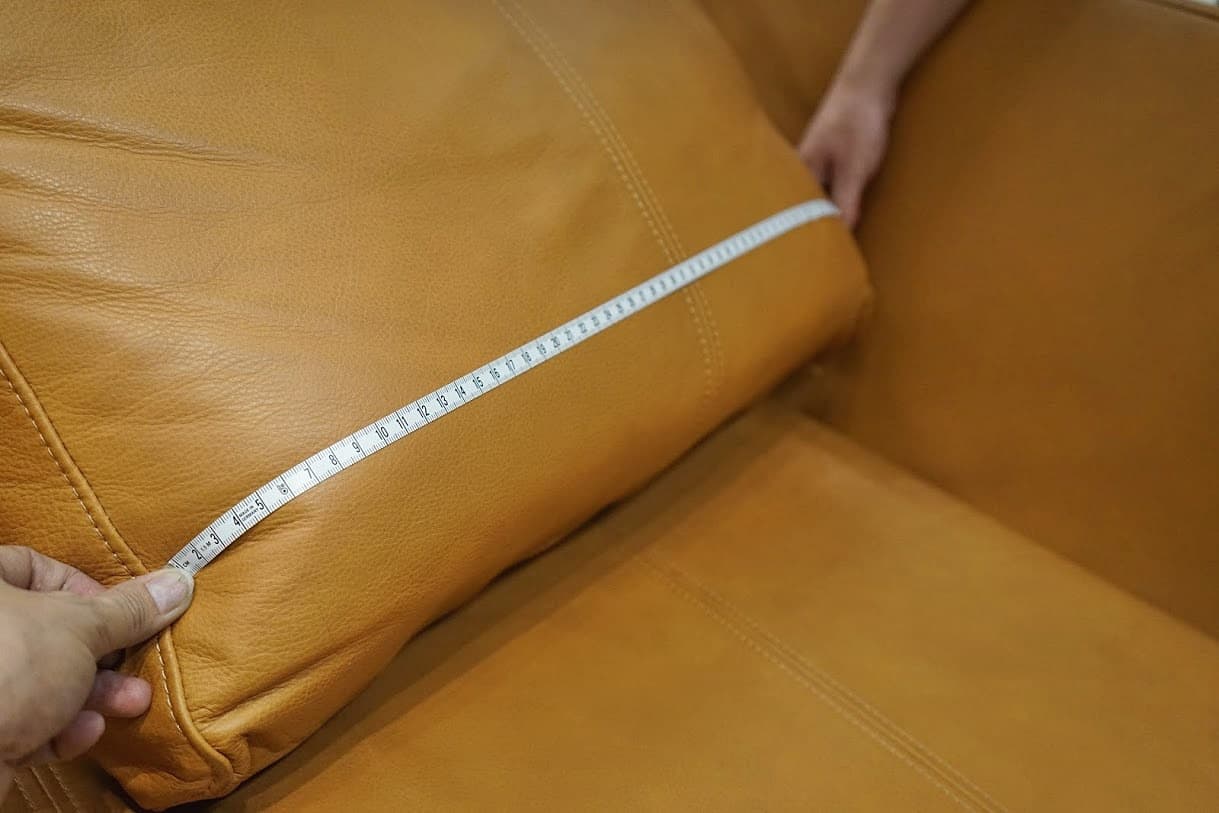
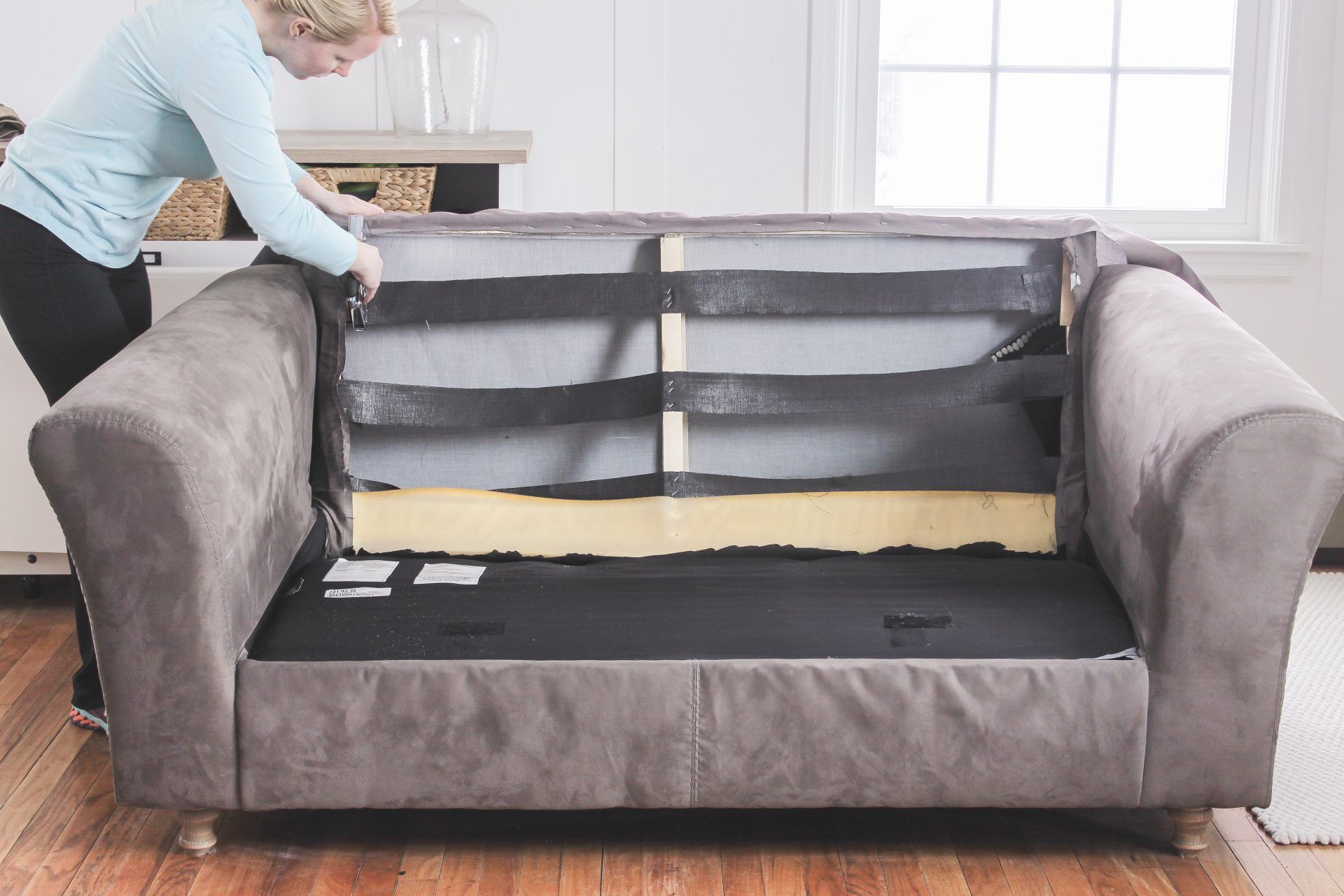


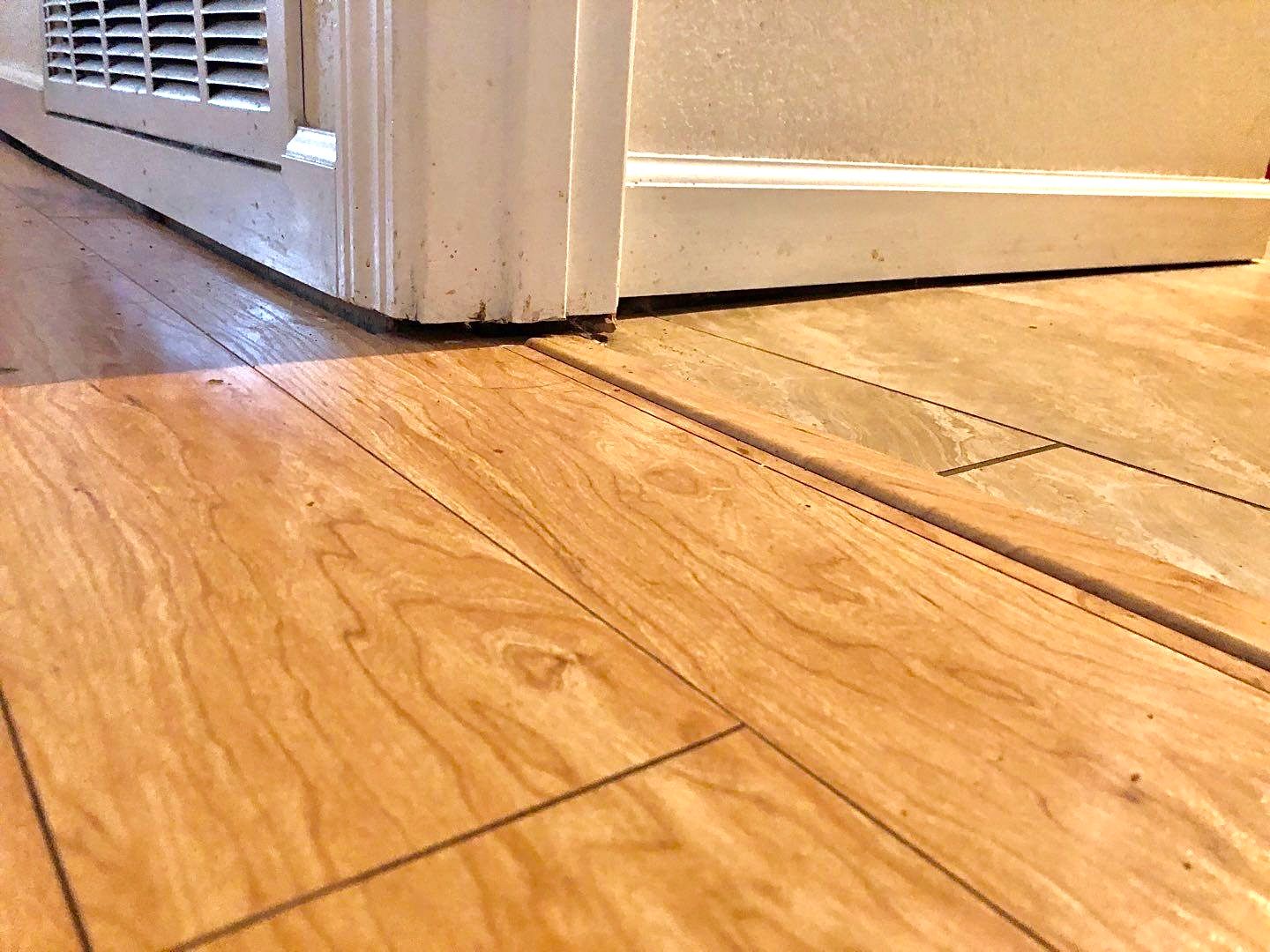

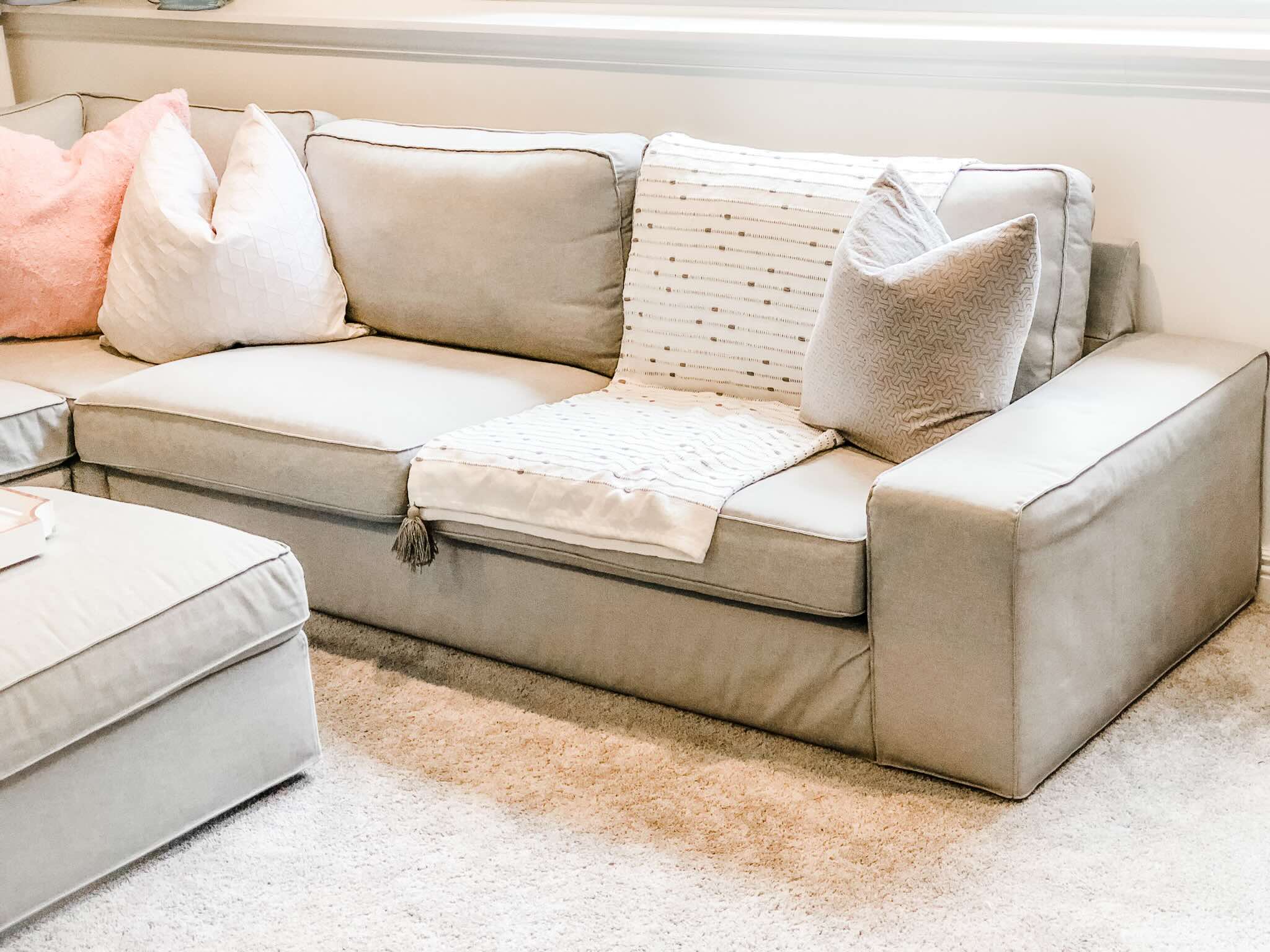
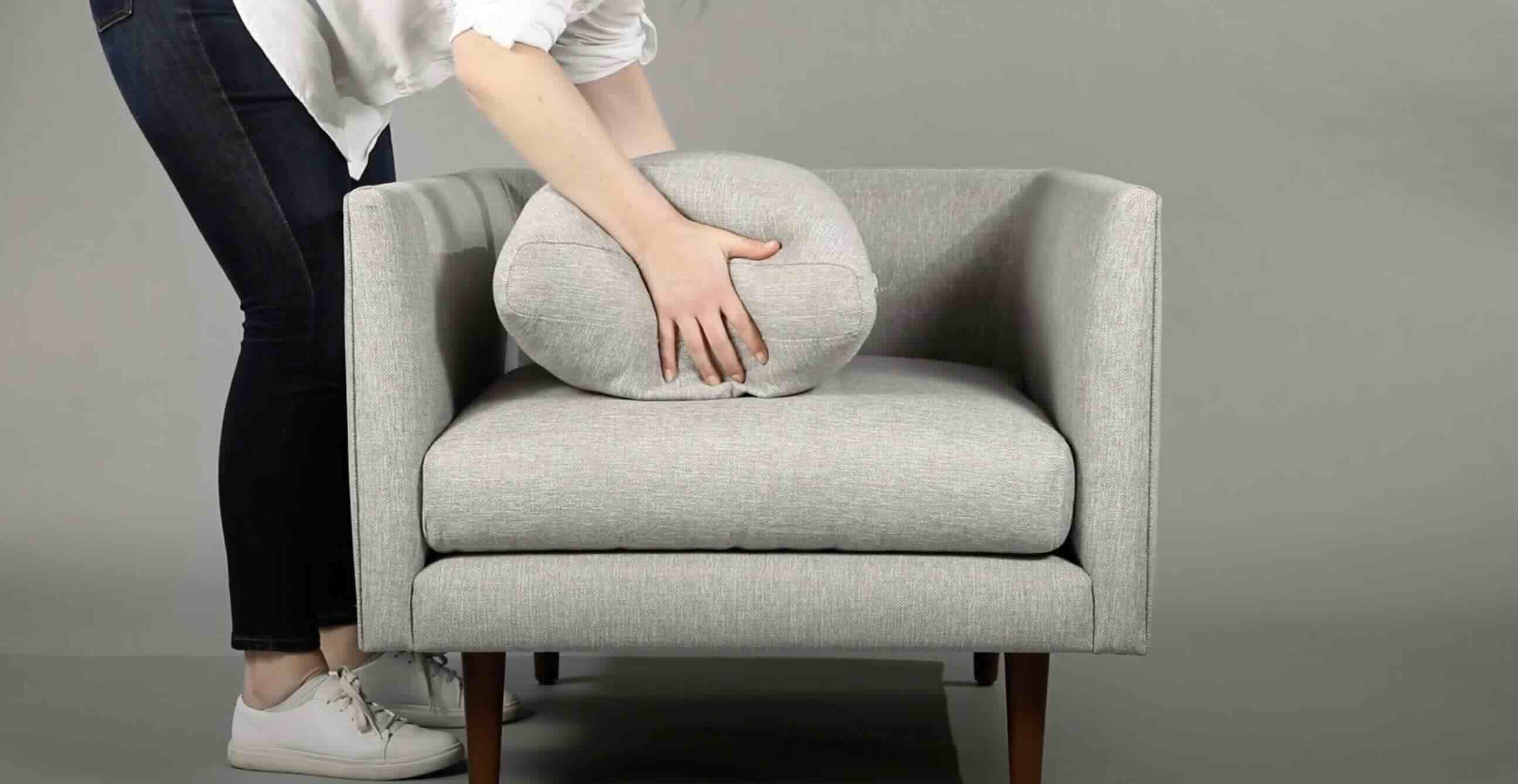
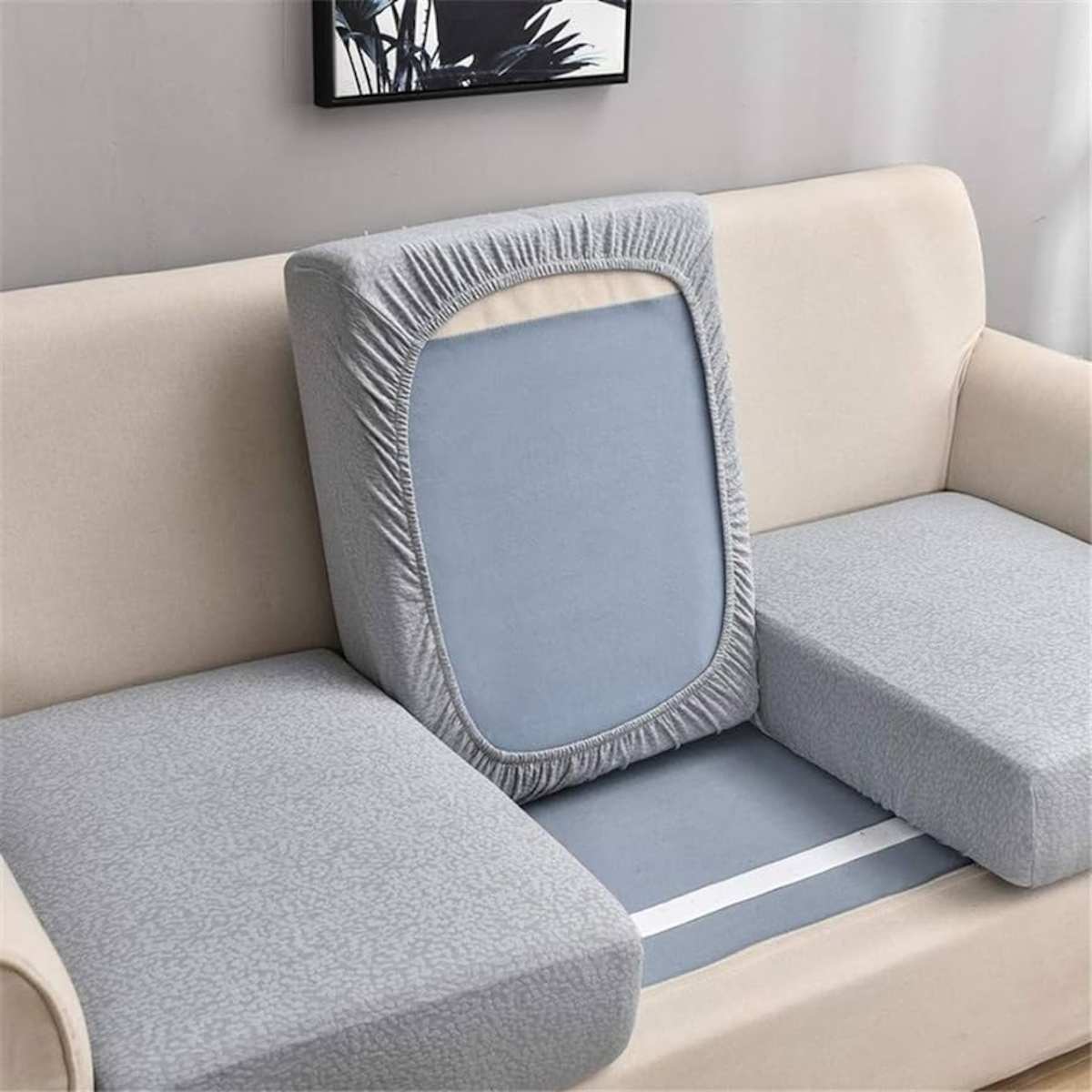

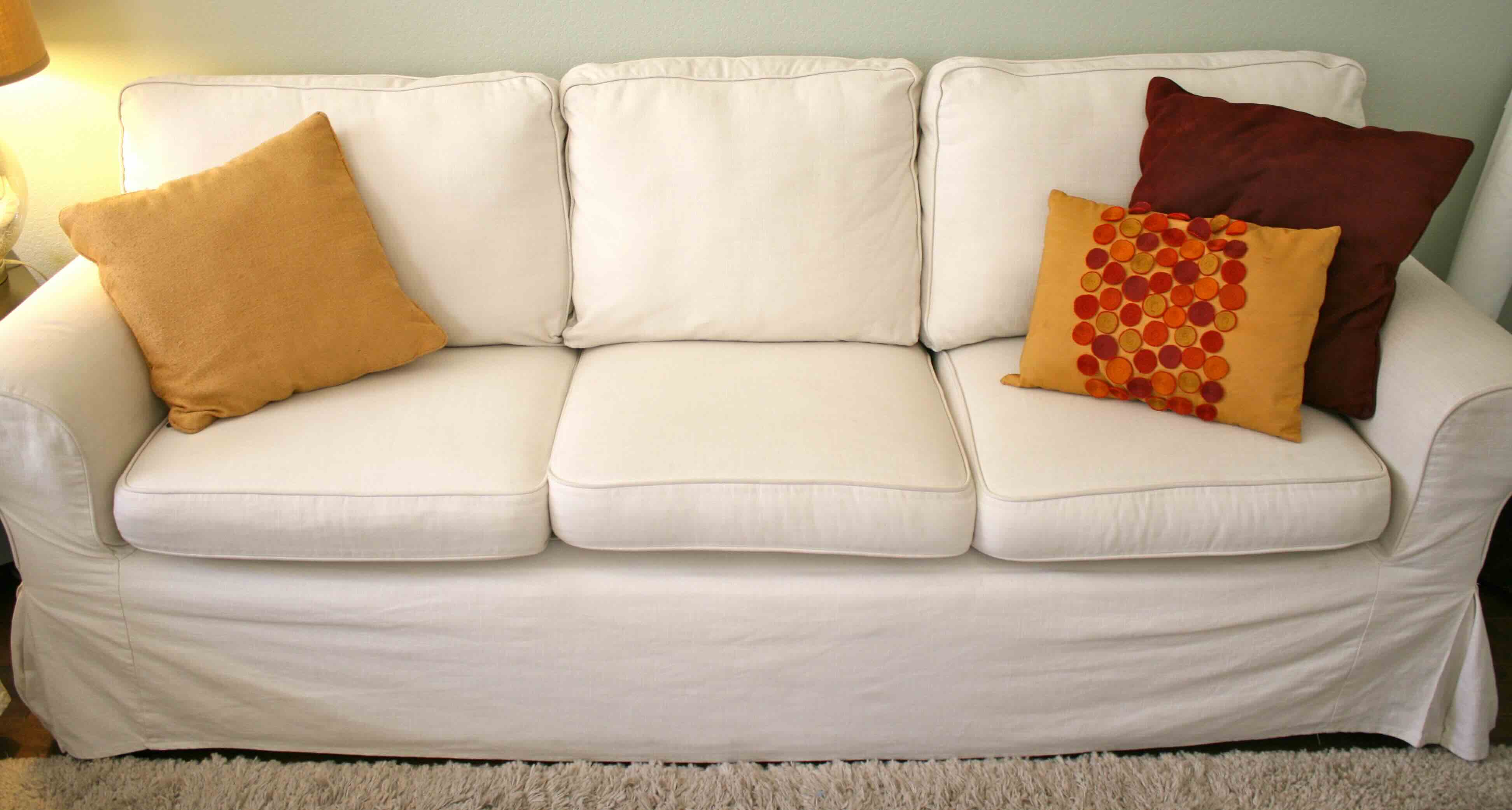

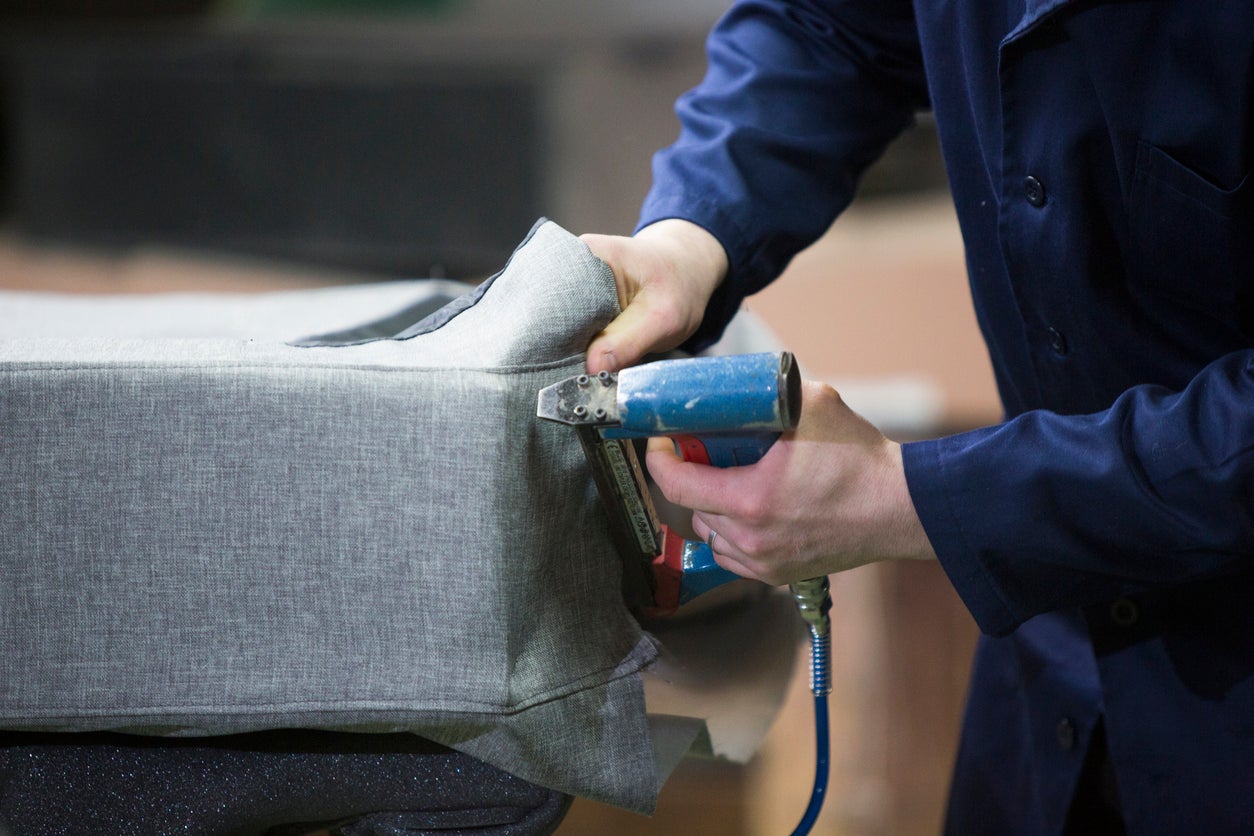

0 thoughts on “How To Fix Sagging Couch Cushions: 4 Quick Fixes”